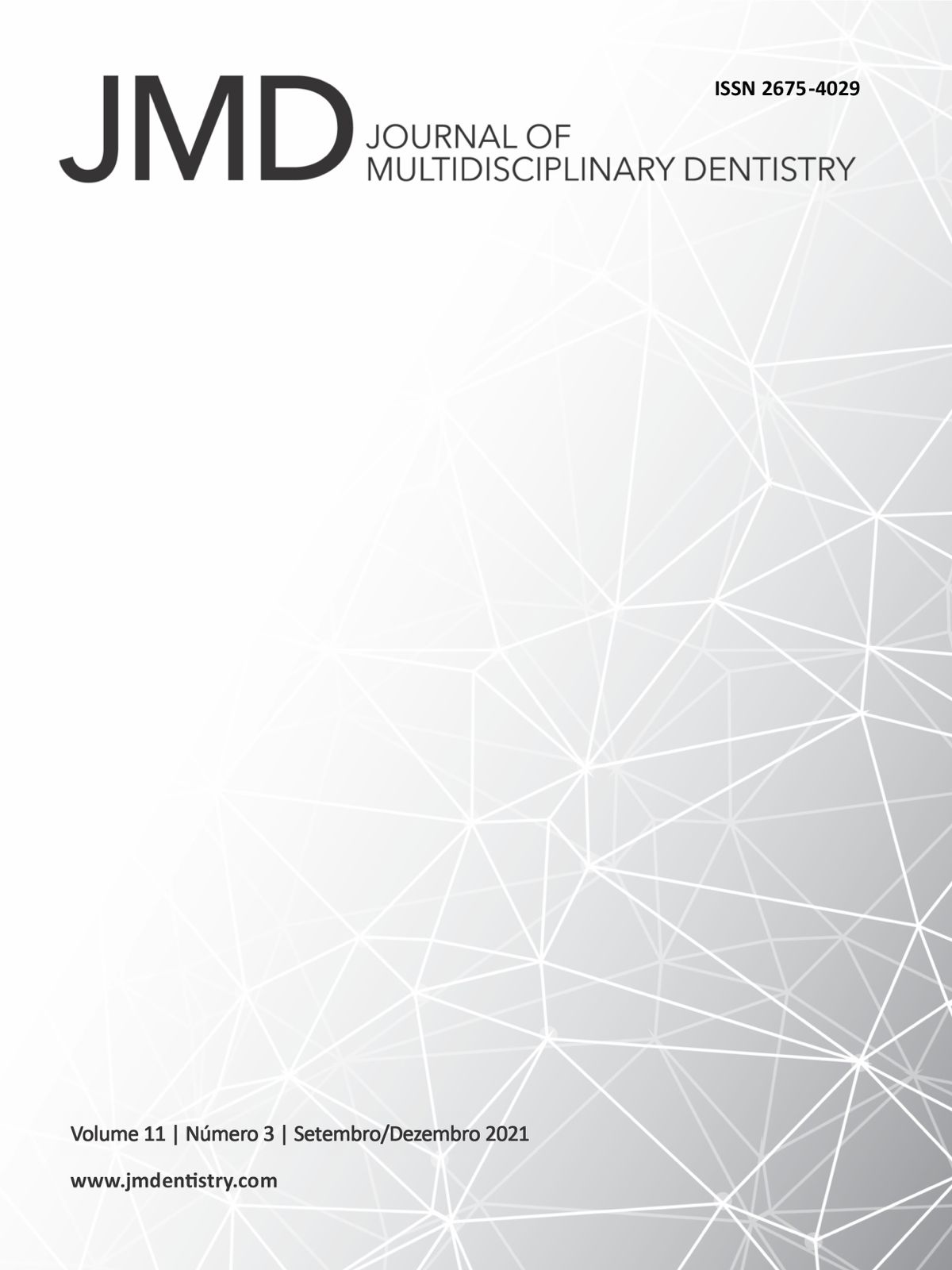The use of botulinum toxin in the treatment of Bell's palsy
DOI:
https://doi.org/10.46875/jmd.v11i3.901Keywords:
Facial asymmetry, Esthetics, Facial paralysisAbstract
Bell's palsy, also known as peripheral facial palsy, consists of paralysis of the seventh cranial nerve, the facial nerve, in an acute form and without detectable cause. Paralysis is identified by the temporary interruption or not of facial muscle movements. The treatment of Bell's palsy requires an interdisciplinary approach for a better prognosis for the patient. One of the orofacial rehabilitation techniques that has been highlighted is the use of botulinum toxin applied on the contralateral side to the one affected by the paralysis. This treatment option is less invasive than surgery because it does not require hospitalization and does not leave scars on the patient. Even though it is a reversible treatment and its results are short-lived, requiring reapplication of botulinum toxin, this type of treatment improves the harmony of the face and returns the patient's self-esteem and satisfaction. This article reports a clinical case of a patient with Bell's palsy, who underwent treatment with botulinum toxin type A.


